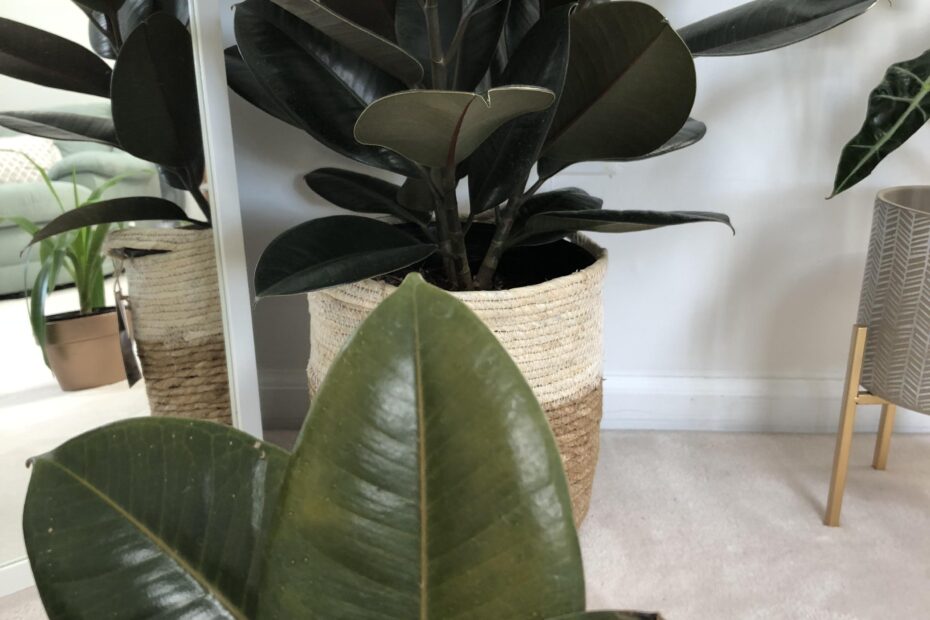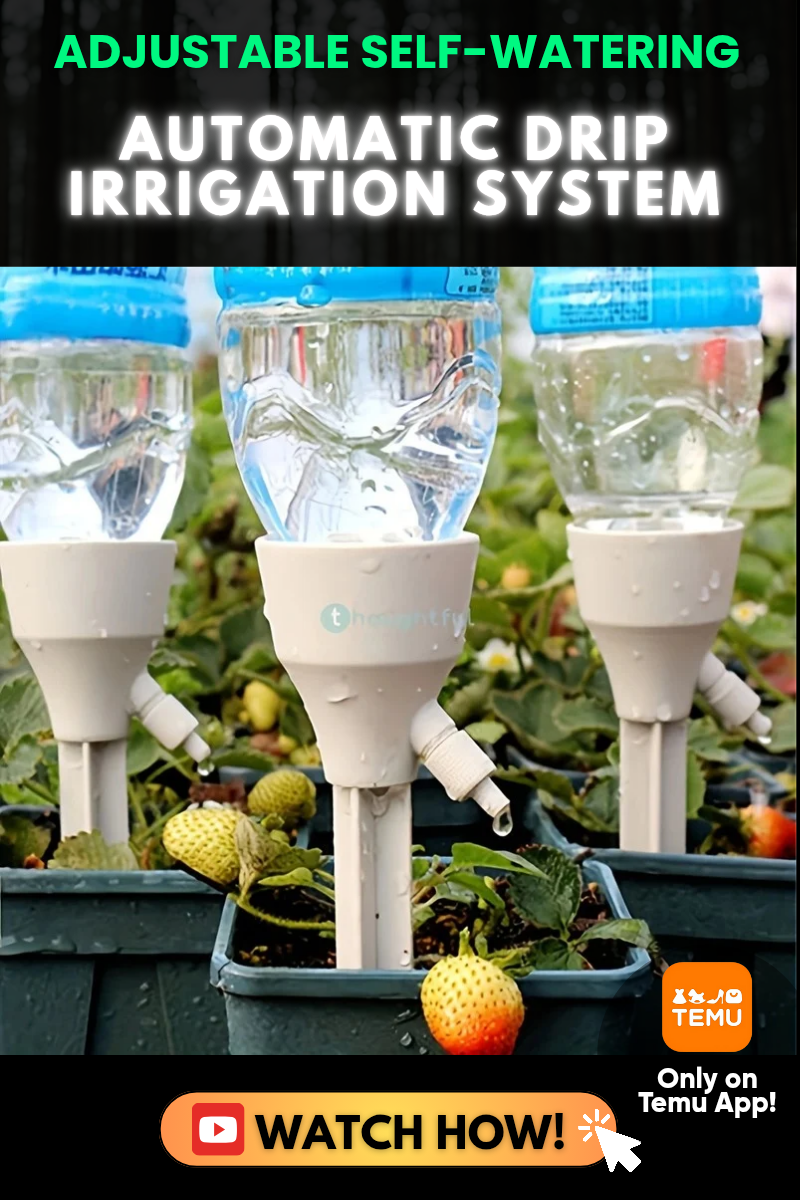
Unraveling the enigmatic behavior of our leafy companions can sometimes be an intriguing endeavor. The resilient rubber plant, with its glossy green leaves that shimmer like emerald jewels, is an icon of botanical strength. Yet, amidst the lush foliage, an inexplicable phenomenon occasionally unfolds – the seemingly healthy leaves delicately descend, casting an air of mystery over our botanical haven. As we delve into this puzzling matter, let us shed light on the captivating question that echoes through the minds of plant enthusiasts: Why is my rubber plant dropping its healthy leaves? With the spirit of curiosity as our guide, we embark on an enlightening expedition to uncover the secrets concealed within the realm of this leaf-shedding enigma.

1. Troubleshooting Common Causes: Understanding Why Your Rubber Plant is Shedding Healthy Leaves
One of the biggest concerns for rubber plant owners is the sudden drop of healthy leaves. It can be quite puzzling and frustrating, especially when you’ve been taking good care of your plant. But fear not! In this post, we will explore common causes behind this leaf-shedding phenomenon and help you troubleshoot the issue effectively.
Your rubber plant may be shedding healthy leaves due to certain environmental factors. One possible cause is insufficient light. Rubber plants thrive in bright, indirect sunlight, so make sure your plant is placed near a window where it can receive adequate light throughout the day. Another factor to consider is overwatering. Rubbers plants prefer their soil to dry out a bit between waterings. If the soil is consistently soggy or wet, it can lead to root rot, causing the plant to shed leaves. Additionally, fluctuations in temperature, such as being exposed to drafts or extreme cold, can stress your rubber plant and result in leaf loss.
| Features |
Tips |
| 1. Leaf color and texture |
Check if the leaves are discolored or have unusual spots, as it can indicate disease or pest issues. |
| 2. Soil moisture level |
Stick your finger about an inch deep into the soil; if it feels dry, it’s time to water. |
| 3. Humidity |
Consider increasing humidity levels by using a humidifier or placing the plant on a tray of water and pebbles. |

2. Proper Care and Maintenance: Key Factors to Prevent Leaf Drop in Rubber Plants
If you find yourself now lamenting the sight of your once lush and healthy rubber plant shedding leaves, fear not, for there are several key factors to consider in preventing this leaf drop phenomenon. While the occasional leaf loss is normal for rubber plants, an excessive amount could indicate an underlying issue that needs addressing. By following these essential care guidelines, you can ensure that your beloved rubber plant remains vibrant and leafy for years to come.
1. Lighting: Rubber plants thrive in bright, indirect light. Insufficient light exposure can cause leaf drop, while excessively bright and direct sunlight can scorch the leaves. Find a well-lit spot in your home, away from intense sunlight and provide adequate artificial lighting if necessary.
Loading... Seconds Left for
Miniature Orchid Terrarium Gallery!

| Features |
Tips |
| Potting Mix |
Use a well-draining potting mix to prevent waterlogging. |
| Watering |
Water your rubber plant thoroughly, letting the top inch of soil dry out before watering again. |
| Humidity |
Keep the humidity levels high by misting the leaves or placing the plant on a pebble-filled tray with water. |
2. Watering: Overwatering or underwatering can both lead to leaf drop in rubber plants. Stick to a regular watering schedule, ensuring the soil is evenly moist but not waterlogged. Always allow the top inch of soil to dry out before watering again. Moreover, remember to provide adequate drainage to prevent water accumulation at the bottom of the pot.
3. Humidity: Rubber plants prefer higher humidity levels. Dry indoor environments can cause leaf drop. To increase humidity, mist the leaves regularly or place the plant on a pebble-filled tray with water. This will help create a microclimate around the plant, boosting humidity and preventing excessive leaf loss.

As a perplexed plant parent, witnessing your rubber plant drop perfectly healthy leaves can be disheartening. However, fear not, for there may be a simple solution to this leaf-dropping mystery! Nutritional deficiencies can often be the culprits behind this perplexing phenomenon. By understanding the common imbalances that can affect your rubber plant’s leaf health, you can take proactive measures to restore its vitality.
1. Lack of Nitrogen:
- Yellowing and stunted growth of leaves
- Pale green or yellow leaves
- Weak stems and reduced overall vigor
2. Insufficient Phosphorus:
- Purple or red coloration on older leaves
- Poor root development and delayed flowering
- Reduced energy for overall plant growth
| Features: |
Tips: |
| Inspect your rubber plant’s leaves for any signs of discoloration or changes in growth patterns. |
Perform regular soil tests or consult an expert to determine the nutrient deficiencies accurately. |
| Consider using balanced fertilizer to ensure adequate nutrition for your rubber plant. |
Adjust the fertilizer application according to your plant’s specific needs and growth stage. |
| Monitor the watering habits, as both over and under-watering can exacerbate nutrient imbalances. |
Provide appropriate drainage to prevent waterlogging and ensure optimal root health. |

4. Environmental Factors: Creating an Optimal Growing Environment for Your Rubber Plant
Welcome to the fourth section of this plant care series, where we will delve into the importance of environmental factors in ensuring the health and prosperity of your rubber plant. Understanding the specific needs of your plant and providing it with the ideal conditions will not only prevent leaf drop but also encourage vibrant growth and stunning foliage.
To maintain a thriving rubber plant, several environmental factors require careful consideration. Firstly, lighting plays a vital role as rubber plants thrive in bright, indirect sunlight. Placing your plant near a north- or east-facing window is recommended for an even spread of gentle, filtered light. However, be cautious of exposing your rubber plant to intense, direct sunlight, as it can scorch the leaves. Secondly, optimizing the temperature and humidity levels are crucial. Aim for a warm and consistent temperature between 60°F to 75°F (15°C to 24°C) and provide ample humidity by misting the leaves or placing a humidifier nearby.
<
th>Features
| Tips |
| Proper Drainage |
Ensure your rubber plant has a drainage hole in its pot to prevent waterlogging, which can lead to root rot. |
| Fertilization |
Feed your rubber plant with a balanced, water-soluble fertilizer every two to four weeks during the growing season for optimal nutrition. |
| Avoid Cold Drafts |
Keep your rubber plant away from cold drafts and sudden temperature changes, as they can cause stress and lead to leaf drop. |
Frequently Asked Questions
Q: Why is my rubber plant dropping healthy leaves?
A: A curious case of defoliating foliage answers beguilingly.
Q: What could be causing my rubber plant’s seemingly inexplicable leaf drop?
A: Unraveling the mystery behind your perishing rubber plant leaves.
Q: Is my rubber plant’s leaf loss a cause for alarm, or just nature’s whimsical dance?
A: Insights into the enigmatic world of rubber plants shedding their leafy green attire. As we bid adieu to the enigmatic phenomenon of the rubber plant’s leaf lament, it’s crucial to conclude with a sense of wonder and curiosity that lingers in the air. While we’ve explored the perplexing question of why healthy leaves find solace in descending from their lofty perches, the riddle of the rubber plant remains shrouded in an intriguing mist.
One cannot
help but marvel at the resilience of this luscious flora and its quest for equilibrium. Like characters in an ancient myth, these impeccable leaves embark on a journey of their own accord—dancing through the breezes of fate, seeking balance in an ever-changing environment.
Our exploration has uncovered a host of potential reasons for these unexpected departures. From slight shifts in humidity to the melodrama of season change, or even the secret whispers of pests unseen, each possibility offers a tantalizing glimpse into the enigmatic world of rubber plants.
Yet, like the winds of change that rustle through delicate foliage, we must embrace uncertainty. In the realm of our beloved rubber plants, answers may remain elusive, and some mysteries may defy all logical explanations. But, through our pursuit of knowledge and understanding, we grow closer to untangling the intricacies of this captivating botanical paradise.
So, fellow
plant enthusiasts, whether you find solace in a green-thumb or curate a humble indoor jungle, let us not unravel with frustration but rather embrace the whimsical allure that accompanies each leaf’s descent. For in these moments of introspection and observation, we nourish our empathy for the natural world, cultivating a harmonious partnership between humankind and the extraordinary flora that graces our everyday lives.
As we step back, we unravel the threads of this particular curio that piqued our interests—the reason for a rubber plant shedding healthy leaves—and we invite you to journey forth with newfound curiosity. Together, let us continue to celebrate the resplendent beauty and mysteries embedded within nature’s splendid creations, embracing the ever-changing tapestry of life’s extraordinary foliage.
_posts">Recent Posts
Hello! I'm Jessica Owen, an avid gardener and proud contributor to Up-Gardening.com. Gardening is my passion, and I'm delighted to share my green-thumb experiences with you. From planting tips to nurturing blooms, I'm here to help you cultivate your own slice of paradise. Let's grow together in the garden!
Latest posts by Jessica Owen
(see all)





